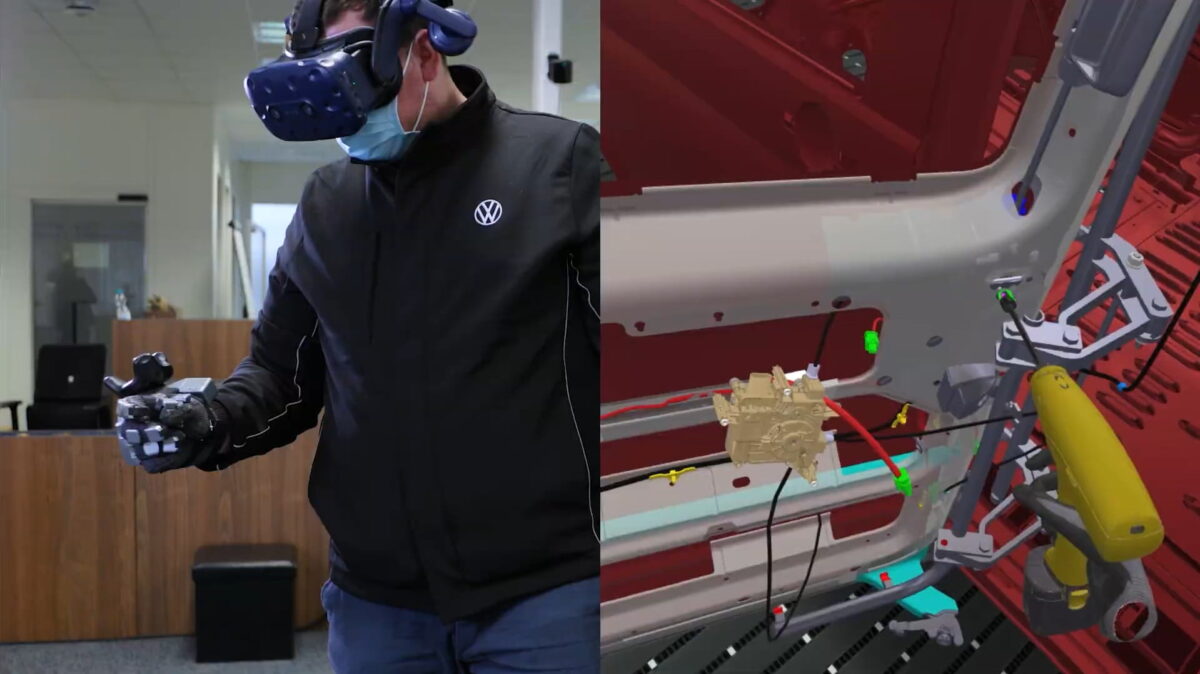VW tests virtual reality assembly training with VR gloves

Senseglove and Volkswagen have published a case study on the Nova haptic glove - with good results.
Start-up Senseglove is launching the new Nova VR glove in 2021. It is said to offer a strong haptic simulation despite its compact form factor. Volkswagen's commercial vehicle division has published a report on the haptic glove that describes the benefits of VR training with a glove.
VR training with many advantages
According to the report, VW is saving costs by using VR headsets for assembly training, as fewer trainees need to visit the company's internal showrooms with real vehicles. New employees do not need an expensive real pre-production model at the beginning of their training and can even practice vehicle assembly in their home office. Only later do they have to implement the virtually learned hand movements on real commercial vehicles.
So far, VR controllers have been used for virtual training, but interaction with them is not natural. For example, trainees cannot reach out and feel the size of objects as they can in the real world. In addition, VR controllers hinder some hand movements: Trainees cannot close their fingers or release objects as realistically as with a glove.
Haptic gloves replace VR controller
In the case study presented, the VW team used a haptic glove to virtually install a sliding door in the T6 minibus. Instead of bulky artificial joints, Senseglove has relied since the Nova glove on tendon-like threads that are moved by a motor on the back of the hand and stopped by magnetic friction brakes.
This system simulates a weight of up to two kilograms per finger. Voice coil actuators on the thumb and index finger imitate tactile sensations through vibration. Senseglove uses Vive trackers on the back of the gloves to track position in space.
"One hundred percent of the trainees who completed the T6 vehicle assembly training found it more realistic to work with SenseGlove Nova versus the controller, simply because they could do more, like grabbing things. It just feels more realistic," explains Volkswagen trainer Marcos Antelo Barrio.
According to Barrio, trainees can now feel assemblable parts as they grasp them and recognize differences in the size and density of individual objects. According to the report, they intuitively even sensed collisions when joining parts and felt subtleties such as the vibrations of a drill.
All of this adds up to an assembly experience that VW says is very close to traditional on-site training. The Senseglove Nova costs around $4,700.
Note: Links to online stores in articles can be so-called affiliate links. If you buy through this link, MIXED receives a commission from the provider. For you the price does not change.